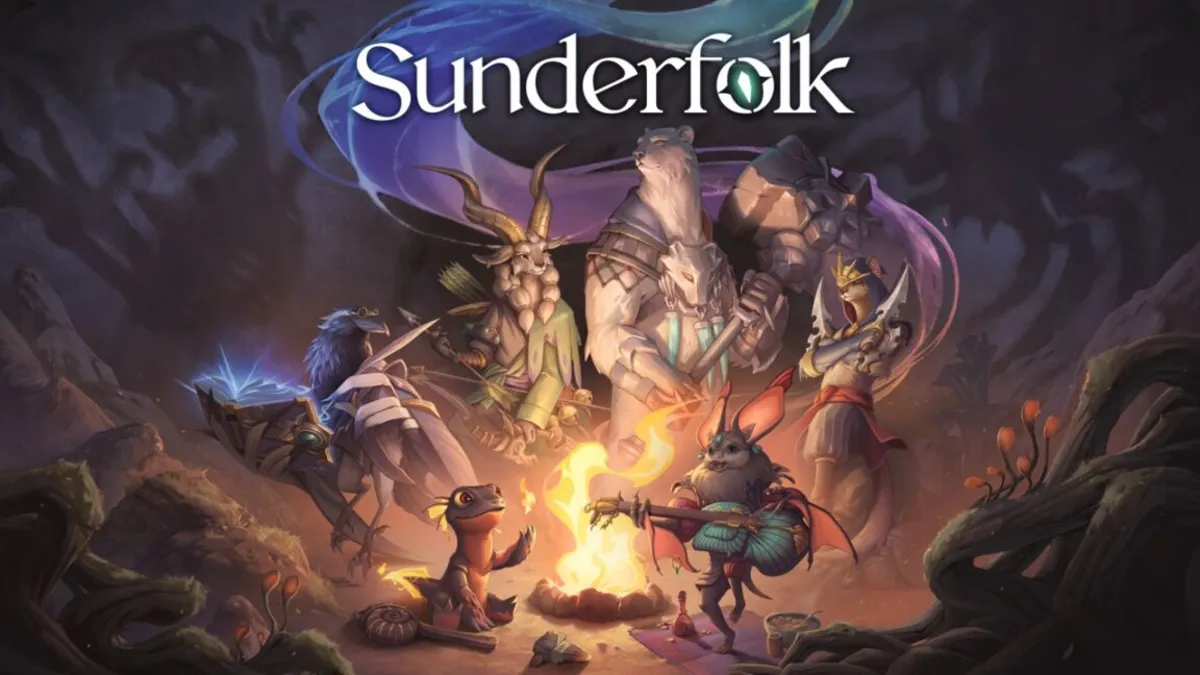
The creators of Sunderfolk set out with a simple yet ambitious goal: to help players “Rediscover game night.” After experiencing the game, I can confidently say they have succeeded. I now find myself in lively debates with friends over gameplay decisions—Why didn’t I pick up that gold? How did that move affect our area attack? These moments of friendly friction are increasingly rare as we grow older, settle into routines, and sometimes drift apart. Hosting four sessions of Sunderfolk with friends across different states has felt like reclaiming a lost treasure of social interaction.
Sunderfolk is not just a game; it’s an experience that fosters camaraderie. The game invites players to collaborate on strategizing over hex tiles, turn orders, and even the whimsical task of naming ogres (“Pointy Bros”). If you already have a roster of gaming sessions with friends, whether online or in-person, I highly recommend adding Sunderfolk to your queue. It offers a low-effort way to break away from the usual organizer role, making it easy for everyone to participate.
One of its standout features is its ability to onboard less experienced players while gradually introducing depth as the game progresses. Remarkably, only one out of the four players needs to own the game on any system, and the only other hardware required is a smartphone. This makes it a light lift for an enjoyable gaming experience.
Sunderfolk is a turn-based tactical RPG that places you and your friends on a grid filled with objects, enemies, and surprises. Players select from familiar role-playing character classes; in my party, we chose rogue, berserker, wizard, and a pyromancer. Each turn, players choose one ability card, emphasizing strategy similar to Gloomhaven, focusing on sequence and map positioning. For instance, my rogue could execute a quick attack and gain strength by picking up nearby gold, or perform a series of tactical moves while staying out of danger with a protective “Shrouded” effect.
The game encourages collective participation, with everyone observing the same screen—be it a living room TV, laptop, or a window streamed over Zoom or Discord. Players use their smartphones or tablets to choose cards, plot movements, and interact with the game world. Once you successfully complete a quest by defeating enemies or hitting other objectives, you return to town for various housekeeping tasks. Notably, Sunderfolk accommodates players who may not be present, scaling quests accordingly, and allowing others to step in for a player who drops mid-battle.
Let’s delve into the phone controls, which play a significant role in the game. Initially, my friends needed a few minutes to adapt to using their smartphones as multi-modal controllers. They serve as touchpads for hex movement, card pickers, and information readers. However, once we got accustomed to the controls, we faced no significant issues. The tactile feedback was responsive, with minimal lag during our sessions.
The phone controls not only enable couch co-op but also allow players to enjoy the game from their most comfortable spots, whether that’s on the couch with a tablet, at a kitchen counter with a laptop, or in front of a TV. Furthermore, the game actively encourages engagement, notifying players when they disconnect by switching apps for too long—adding a layer of accountability that keeps everyone involved.
All this adventure takes place in a whimsical world filled with anthropomorphized animals, vibrant woods, and colorful ogres reminiscent of World of Warcraft. When players return to town, they can interact with recurring NPCs, build friendship levels, and upgrade various aspects of the town. This town hub offers opportunities for strategy and bonding among players. For instance, you might share gold with a friend for a much-needed weapon or collectively decide on quirky town upgrades.
However, I did notice some friction in the town hub, reminiscent of deeper board games. Players can sometimes finish their decisions quicker than others, leading to a potential engagement gap. Similar to traditional board games, this is an opportunity to stretch your legs or refresh your drink, but it may require some nudging to keep everyone engaged.
Sunderfolk excels in engaging players through creative naming opportunities. The game allows players to name various elements within the game world, making the experience personal and memorable. In our campaign, we named healing statues “Neatos,” the town bridge “Seagull Murder,” and even rescued a beetle named after Michael Keaton. These quirky names add a fun element that too few games provide, allowing players to build their own unique universe.
Moreover, with each player controlling their own phone, the game can offer distinct information to individual players, enhancing the overall experience. If Sunderfolk expands on these creative aspects, it would elevate the gameplay even further. With enjoyable combat mechanics and a well-paced difficulty ramp, players can expect a more varied move set and useful items as they progress through the game.
While I have my critiques—such as missing some great upgrades or experiencing a lack of enemy variety—I find it difficult to be overly critical of a game that has successfully prompted me to log off and engage with friends for hours each week. The minor downsides are typical of any tabletop game involving humans, such as waiting and distractions. Ultimately, Sunderfolk achieves its goal: it brings the essence of cardboard, cards, and dice to the screen, making it easier for everyone to participate.
While it may not replace traditional game nights, Sunderfolk certainly has the potential to introduce more players to the joy of gaming and remind individuals like me why those shared experiences are so valuable.